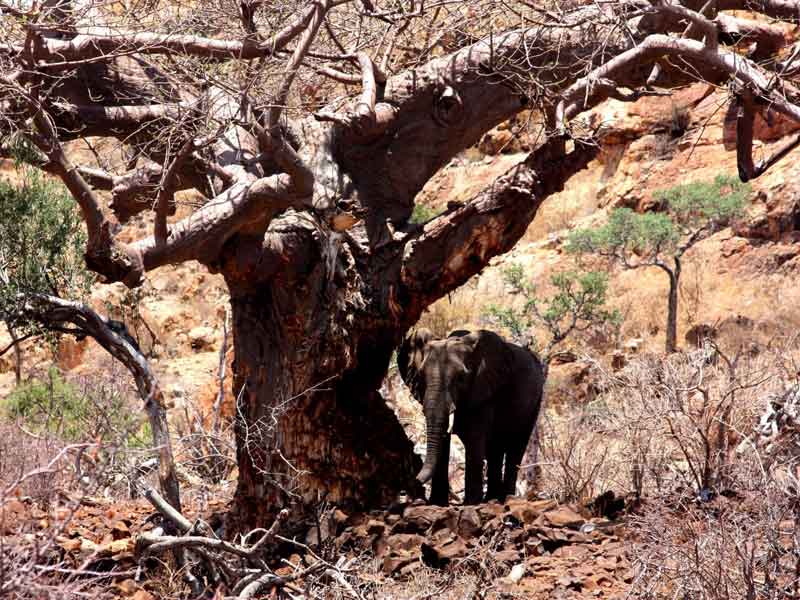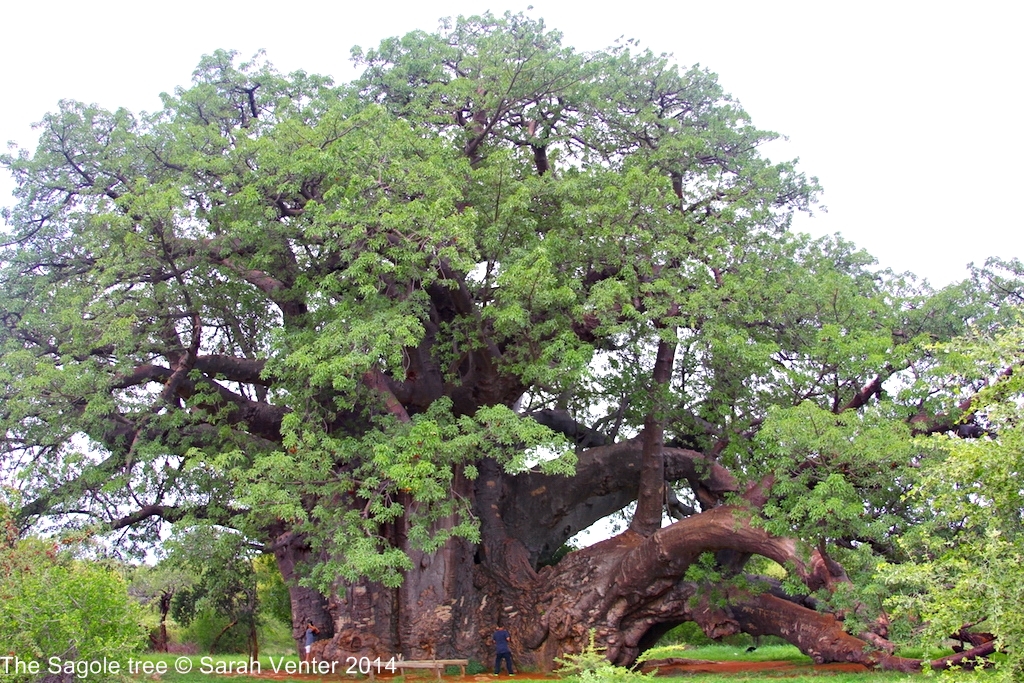The Marvellous Brewers of Marula Beer

Each year a stream of marula beer connoisseurs make a pilgrimage to the far reaches of Limpopo to visit their favourite drinking spots. It’s a bit like pub crawling in London or doing tapas in Barcelona. Women in remote villages are experts in their craft and in order to get a taste of each woman’s brew you need to go ‘homestead hopping’ from place to place. Each woman has her own special technique and trees she harvests from, which sets her apart from her neighbours and makes her dedicated customers seek her out each year.
 Connoisseurs dedicate a whole day or even weekend to this activity. It involves strolling from one woman’s homestead to another and at each chatting to the other customers and drinking a gourd or more of your chosen vintage. By the end of the day, your conversations get more interesting and the path between the brewers’ homesteads less direct.
Connoisseurs dedicate a whole day or even weekend to this activity. It involves strolling from one woman’s homestead to another and at each chatting to the other customers and drinking a gourd or more of your chosen vintage. By the end of the day, your conversations get more interesting and the path between the brewers’ homesteads less direct.
The Way To Drink Marula Beer

Mesi Khorommbi, a BaVenda women, gave me the low-down. She explained that each day’s beer has its own name The first day’s marula beer is called Tuvhu, which is sweet and delicious and has a low alcohol content. Neshana is the second day-old marula beer and the third day’s beer is Lutanda which is the strongest of all and only for the brave. There is no fourth day as by then it’s undrinkable and probably lethal. So make sure you order the right stuff when you go ‘homestead hopping’ or you may find yourself ‘kraal crawling’ instead!
Over the years I’ve learned to appreciate this activity and I’ve tasted all the strengths, but only really like Tuvhu. But it’s the conversations with the semi-inebriated locals and old timers that I like the best.
How Marula Beer is Made
The first day, which is really day 0, is the day the fruits are processed. This is done by removing the thick peel off the nut and squeezing the delicious sweet marula juice and pulp out. The peels are tossed, and the pulp and juice carefully put aside and given a special name, Thavudi. The nuts are then placed in water for more flavour to be pounded out of any pulp that remains stuck to the nuts; this is called Dangwa. The Thavudi and Dangwa are mixed together and left to rest until the pulp and worms rise to the top and are scooped off. Yes worms! There are hundreds of them, but the women assure me that the final product is wormless.
The clear marula juice is then kept for three days as it ferments getting stronger and stronger and turning into Marula Beer. Vintage is important. The trees from which the fruit are collected each yield a special flavour and then the age – and we are talking days not years – is very important to heed.
Mesi Khorommbi makes almost 1000 litres of marula beer in the three month season from February to April and can earn up to R5000 a season.
The Tradition of Marula Beer
I had one of my best marula beer drinking experiences with Dr. Tlou Setumu who took me to his favourite haunts around the Magabeng plateau. Dr Setumu is a passionate historian with a deep knowledge of the Habarwa (Sotho) traditions. He explained that the tradition of brewing marula beer is limited to non-Christians and non-Christian villages. Villages close to old mission stations or which had a strong ZCC (Zion Christian Church) presence, ban their followers from drinking alcohol and do not participate in this activity.


